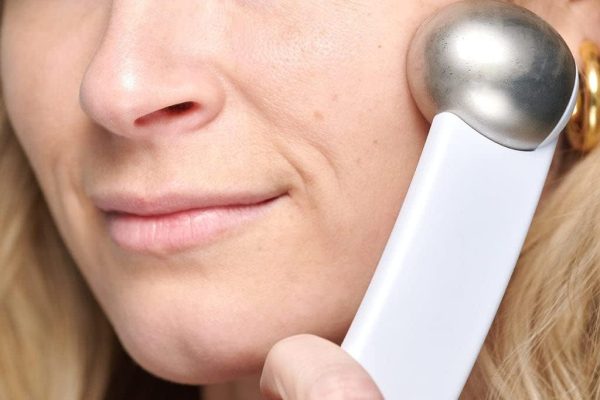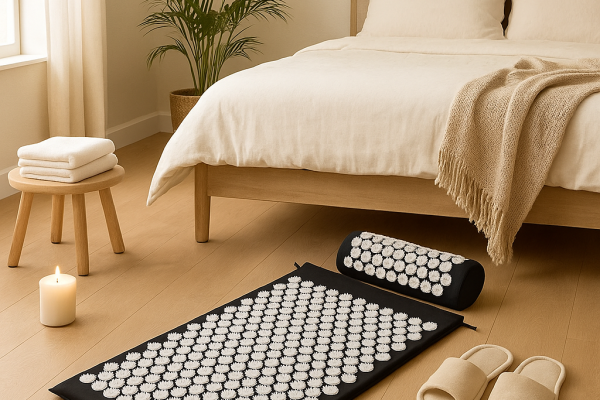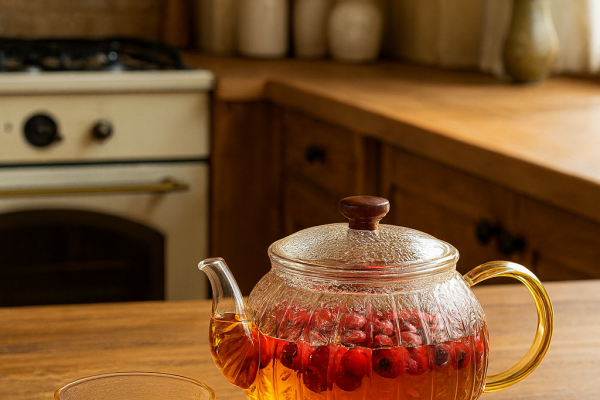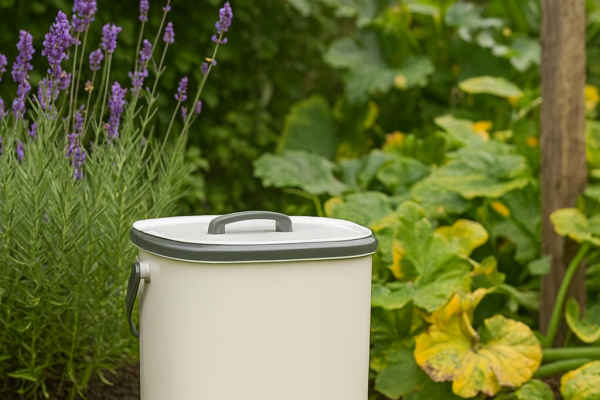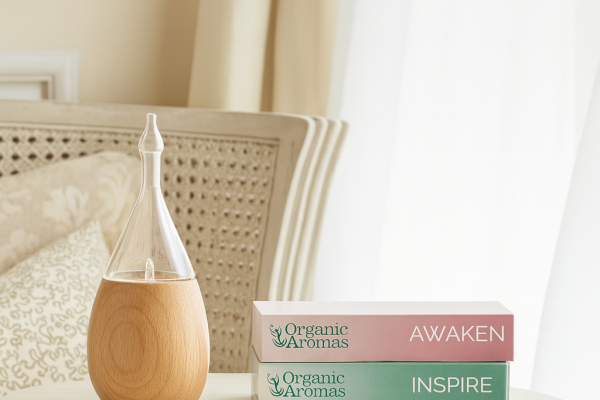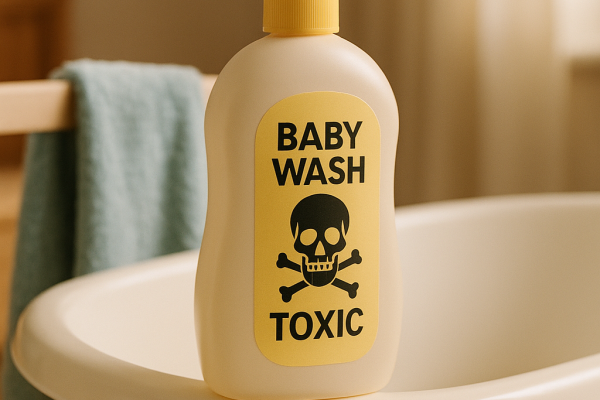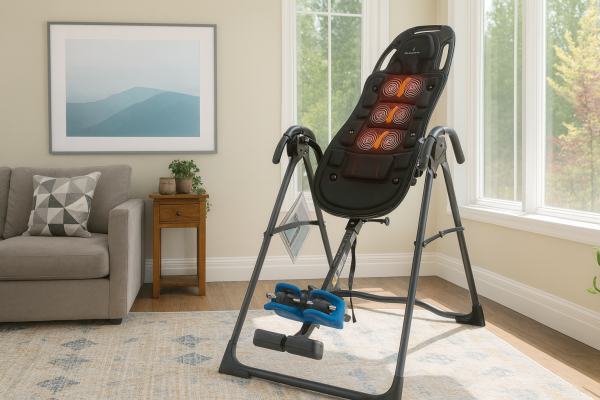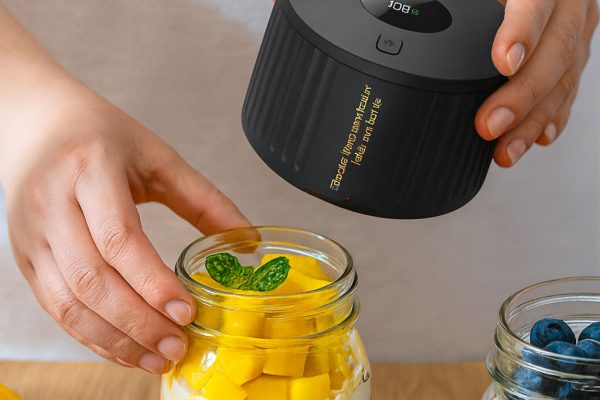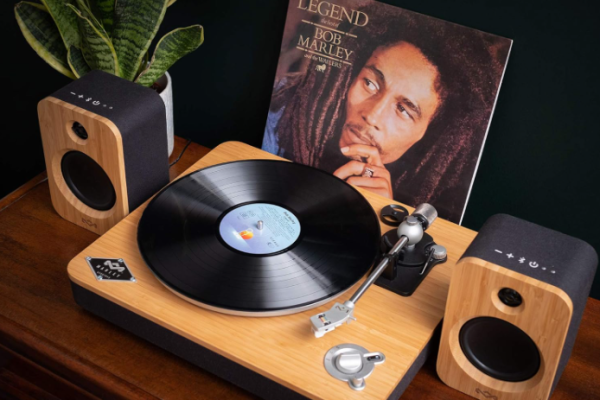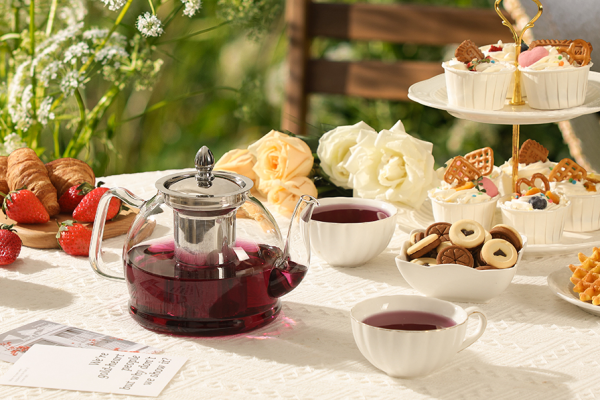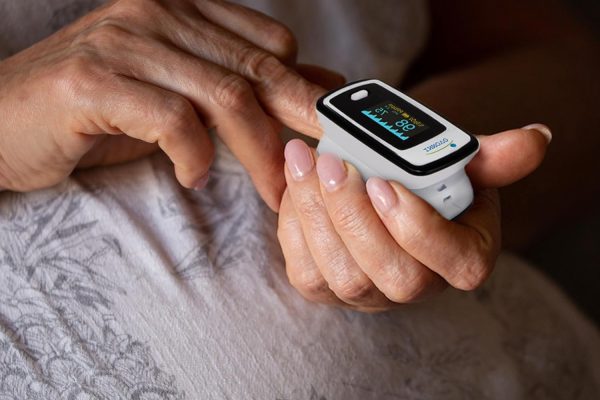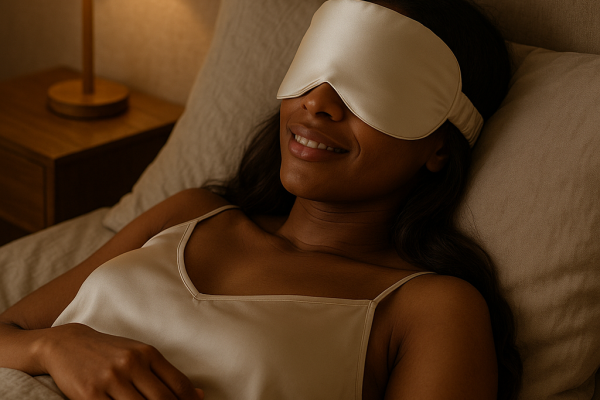
The essential oil industry has exploded into a multi-billion dollar market, with two companies dominating the landscape: Young Living and doTERRA. Both brands promise pure, potent oils that can transform your wellness routine, but choosing between them feels like picking sides in an intense rivalry.
Here’s the truth: Both companies have devoted followers who swear by their products, yet both face serious criticisms about their business practices and claims. This comprehensive comparison cuts through the marketing hype to give you the facts you need to make an informed decision.
Whether you’re seeking therapeutic-grade oils for personal use or considering the business opportunity, understanding the real differences between these giants could save you hundreds of dollars and countless headaches.
Company Backgrounds: The Pioneer vs The Disruptor
Young Living: The Original Essential Oil Empire
Young Living Essential Oils [click to view…]
Young Living launched in 1994 when founder D. Gary Young began what would become the “original essential oil marketing company.” With a 14-year head start over its main competitor, Young Living built a massive global operation:
- Global reach: 26 offices, shipping to 150+ countries
- Revenue: Over $1.5 billion annually since 2017
- Members: More than 6 million worldwide
- Product range: 600+ products including 270+ essential oils
doTERRA: The Science-Focused Challenger
Founded in 2008 by healthcare and business professionals, doTERRA (meaning “Gift of the Earth” in Latin) took a different approach:
- Global network: 4+ million Wellness Advocates
- Distribution: 86 countries
- Focus: Concentrated primarily on essential oils and direct applications
- Mission: Providing “pure, potent, and effective” essential oils
The Advantage: Young Living’s longer market presence translated into larger sales volume and member base, establishing significant brand recognition before doTERRA entered the market.
Quality Standards: The Real Differences That Matter
Both companies built their reputations on quality, but their approaches differ significantly.
Young Living’s Seed to Seal® Process
Young Living’s quality commitment centers on three pillars:
- Sourcing: Corporate farms, partner farms, and certified suppliers
- Science: D. Gary Young Research Institute with 50+ scientists
- Standards: Compliance with domestic and international guidelines
Testing Methods Include:
- Gas Chromatography (GC)
- Mass Spectrometry
- Heavy metal testing (lead, arsenic, cadmium, mercury)
- Microbial contamination screening
- Isotope Ratio Mass Spectrometry (IRMS)
Major Quality Win: Young Living’s Spanish Fork lab earned ISO/IEC 17025:2017 accreditation from the American Association for Laboratory Accreditation (A2LA). This independently validates their internal testing competence—a significant credibility boost.
doTERRA’s CPTG Certified Pure Tested Grade™
doTERRA’s proprietary standard promises oils that are “100% pure” and free from:
- Added fillers
- Synthetic ingredients
- Harmful contaminants
Testing Protocol:
- Organoleptic testing (human senses)
- Microbial testing
- Gas Chromatography and Mass Spectrometry
- Heavy metal analysis
- Isotopic analysis
Transparency Edge: doTERRA explicitly uses third-party testing for GC-MS and makes this data available, addressing transparency concerns that have plagued the industry.

Quality Comparison Table
Bottom Line: Young Living’s ISO accreditation provides stronger validation of internal testing competence, while doTERRA offers better transparency in sharing test results.
Product Range & Pricing: What You Actually Pay
Product Breadth Comparison
Young Living Thieves Household Cleaner [click to view…]
Young Living offers extensive diversification:
- 270+ essential oils and blends
- Vitality dietary oils (for internal use)
- Thieves cleaning products
- Savvy Minerals makeup line
- NingXia antioxidant drinks
- CBD products
- Food items (Einkorn)
doTERRA maintains tighter focus:

doTERRA Family Essential Kit [click to view…]
- Single oils and proprietary blends
- Personal care products
- Supplements (including MetaPWR™ line)
- Accessories and diffusers
Real-World Pricing Analysis

Reality Check: Both brands cost 50%+ more than non-MLM alternatives like Plant Therapy or Edens Garden due to their multi-level compensation structures.
The MLM Business Model: Hard Financial Truths
Both companies operate as multi-level marketing (MLM) businesses, where distributors earn from personal sales and recruiting others. The financial reality is sobering:
Young Living Income Reality
- 94% of active members made less than $1 (2016 data)
- 89% of business builders averaged $4 annually (2018)
- 98.7% of active members earned between $4-$1,551 annually
- Over 96% lost money working for the company
doTERRA Income Reality
- 76% of Entry-level advocates earned average of $46 annually
- 86% of all advocates earned less than $1,000 per year (before expenses)
- Even “Silver” rank (top 1%) averaged only $27,557 annually
MLM Requirements That Cost You Money
Young Living: $100 monthly purchase minimum to qualify for commissions doTERRA: Loyalty Rewards Program encourages consistent monthly orders
The Truth: Federal Trade Commission data shows at least 99% of MLM participants lose money or earn minimal income. Success depends heavily on recruitment rather than product sales.
Scientific Research: Marketing vs Reality
Young Living Everyday Oils Collection [click to view…]
Young Living’s Research Efforts
- 7 in-house laboratories
- 17 U.S. patents issued
- “Science in the Field” regenerative agriculture initiatives
- Studies on products like NingXia Red
Regulatory Issues:
- FDA warning letters for marketing products as unapproved drugs
- NAD recommendation against “therapeutic grade” claims due to insufficient scientific support
doTERRA’s Research Approach
doTERRA Deep Blue Stick [click to view…]
- In-house scientists and medical advisors
- Published peer-reviewed studies on 22 single oils, 3 blends, 4 supplements
- Collaboration with independent researchers (Roseman University’s “Oil Effect” studies)
- Clinical trials on products like Serenity® Sleep System
Regulatory Issues:
- FTC action against distributors for false COVID-19 treatment claims
- CPTG is a self-created standard, not an independent industry certification
Scientific Reality Check
The broader scientific community acknowledges potential benefits of essential oils, particularly for:
- Anxiety reduction
- Sleep improvement (especially lavender)
- Possible anti-inflammatory properties
However: Robust scientific evidence for many specific health claims remains limited. Most studies lack large-scale, double-blind, placebo-controlled trials considered the gold standard for proving efficacy.
Customer Experience: Support vs Complaints
Young Living Customer Service
Positives:
- Learning Center with wellness courses
- Farm tours and events
- Brand Partner recognition programs
- MyYL.com personal website platform
Negatives (BBB complaints):
- Unauthorized subscription charges
- Difficulty canceling Loyalty Reward orders
- Unresponsive customer service
- Credit card removal issues
doTERRA Customer Service
Positives:
- Extensive educational resources (ōcademy)
- A+ BBB rating
- Humanitarian efforts (Healing Hands Foundation)
- Co-Impact Sourcing community development
Negatives:
- Some Amazon reviews mention “overpriced MLM” concerns
- Isolated reports of “watered down” oils
Final Verdict: Which Should You Choose?
Choose Young Living If You:

Young Living Peppermint Vitality Essential Oil [click to view…]
- Want independently verified lab quality (ISO 17025 accreditation)
- Prefer broader product diversification beyond oils
- Don’t mind higher prices for perceived premium quality
- Are comfortable with less transparent GC-MS reporting
Choose doTERRA If You:
doTERRA Eucalyptus Radiata Essential Oil [click to view…]
- Value transparent third-party GC-MS test reporting
- Want better pricing on popular oils like lavender
- Prefer focused essential oil expertise over broad diversification
- Appreciate strong humanitarian and sourcing ethics
Consider Non-MLM Alternatives If You:
- Want 50%+ cost savings on similar quality oils
- Prefer straightforward retail purchasing without subscription pressure
- Don’t want to support MLM business models
- Seek brands like Plant Therapy, Edens Garden, or Rocky Mountain Oils
Key Recommendations
For Personal Use:
- Budget-conscious buyers: Skip both brands for non-MLM alternatives
- Quality-focused users: Young Living’s ISO lab accreditation provides strongest quality assurance
- Transparency seekers: doTERRA’s third-party GC-MS reporting offers better openness
For Business Opportunity:
Proceed with extreme caution. Income disclosure statements from both companies show:
- 95%+ of participants earn minimal income
- Success requires extensive recruitment, not just product sales
- Monthly purchase requirements can lead to unwanted inventory
Safety Considerations:
- Consult healthcare providers before using oils for health conditions
- Start with small amounts to test for allergic reactions
- Be skeptical of dramatic health claims from either company
- View essential oils as complementary, not primary medical treatments
The choice between Young Living and doTERRA ultimately depends on your priorities: quality validation versus transparency, product breadth versus focused expertise, and your comfort level with MLM business practices. Both deliver quality essential oils, but neither may be the best value for your money compared to non-MLM alternatives.
Dora Decora is a biophilic interior design specialist and passionate blogger. With a deep commitment to integrating nature into living spaces, Dora specializes in creating environments that foster human-nature connections through thoughtful design elements. Her approach emphasizes sustainable materials, natural lighting, and organic patterns that enhance wellbeing and reduce environmental impact.
This post (https://homechroma.com/comparing-young-living-vs-doterra-essential-oils-which-is-better) was originally published by Dora Decora on Home Chroma. As an Amazon Associates partner, we are compensated for all qualifying purchases.







